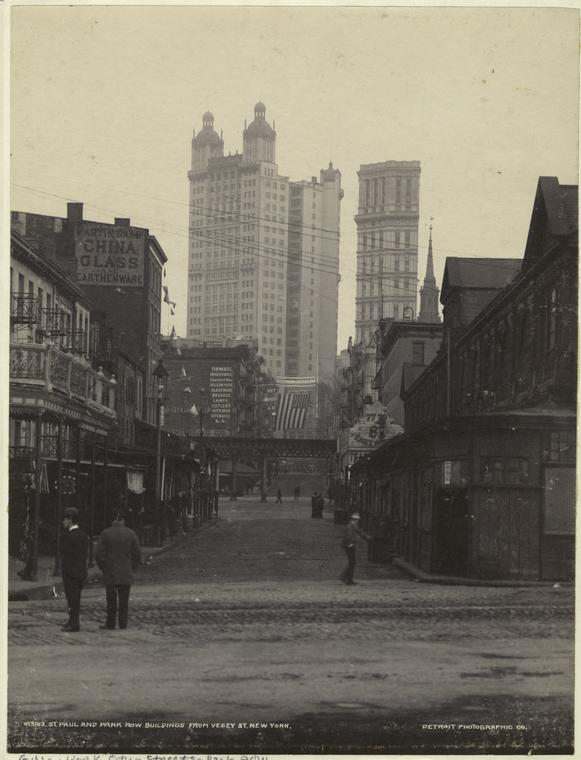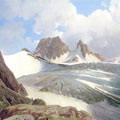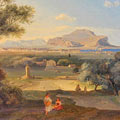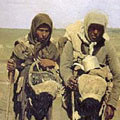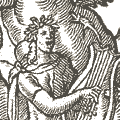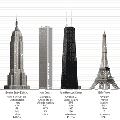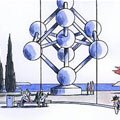Gisteren bezocht: Rembrandt-Caravaggio in het Van Gogh Museum
De tentoonstelling loopt al vanaf 24 februari, maar eindelijk heb ik hem gisteren dan gezien. Voor het eerst in de geschiedenis worden zoveel Rembrandt’s gepresenteerd naast schilderijen van zijn grote voorbeeld en zoiets mag je eigenlijk niet voorbij laten gaan. Dinsdag is doorgaans een rustige museumdag, maar dat geldt zelden voor blockbusters. Zo liep ik vier jaar geleden op dinsdagmorgen in de rij te schuiven langs de schilderijen van Repin in het Groninger Museum. Ook in het Van Gogh Museum was het bij elk schilderij naar voren schuiven voor een plekje. Maar de expositie is het waard, ook al had ik de meeste Rembrandt’s al eerder ergens gezien. Zijn vier vrouwenportretten o.a. van Bathseba, Flora (tweemaal) en Artemis zag ik voor het eerst in respectievelijk Parijs, Londen, Sint-Petersburg en Madrid. Maar het was een eerste confrontatie met de Rembrandt’s uit Frankfurt, München en San Francisco. En met bijna alle Caravaggio’s wiens werk ik nog nauwelijks vanuit het echt kende. Alleen zijn schilderij van de Emmaüsgangers had ik als eens in Londen gezien.
Een aardige introductie vormen een paar schilderijen van de Utrechtse Caravaggisten door wie Rembrandt bekend raakte met Caravaggio’s licht en realisme. We hebben er daar drie van en ik kan ze soms moeilijk uit elkaar halen: Gerrit van Honthorst (Gerhardo della Notte), Hendrick Ter Brugghen en Dirck van Baburen. Ze werkten bij voorkeur met kaarslicht in hun compositie dat ze middenin een groep mensen plaatsten. Het moet een onvergetelijke indruk op Rembrandt gemaakt hebben.
Dirck van Baburen, 1623
Prometheus wordt geketend door Vulcanus. Dit doek was ook op de tentoonstelling aanwezig en is duidelijk door een compositie van Caravaggio geinspireerd.
Wat me heel erg is opgevallen, is dat Rembrandt’s benadering van het licht totaal anders is als dan die van zijn Italiaanse voorbeeld. Vergeleken bij Rembrandt is het licht bij Caravaggio bijna altijd vrij hard en oppervlakkig. Rembrandt is veel meer de psycholoog en de metafysicus. En hoewel hij een nuchtere noorderling is, heeft hij een groot gevoel voor dramatiek. Natuurlijk is Caravaggio ook een echte theaterrnaker, maar hij mist voor mij de tederheid van Rembrandt. Ik was geraakt door de overpeinzende blik van Bathseba met de brief van koning David in haar hand. Rembrandt heeft haar gemengde gevoelens weergaloos goed getroffen: de jonge vrouw is onder de indruk dat de koning haar begeert maar denkt tegelijkertijd aan haar eigen man en de mogelijke gevolgen van de onweerstaanbare koninklijke avances.
Rembrandt, 1654
Bathseba (detail)
Het is een hele prestatie dat de organisatoren voor deze tentoonstelling twee doeken met exact hetzelfde thema bij elkaar hebben gebracht: het offer van Abraham. Bijna precies een jaar geleden zag ik Rembrandt’s versie uit Sint Petersburg voor het eerst. Op de tentoonstelling hangt het naast Caravaggio’s interpretatie (normaal in het Uffizi, Florence). Rembrandt’s vertolking van het drama vind ik veel krachtiger: de oude man is verbijsterd en laat het mes uit zijn hand vallen wanneer de engel hem tegenhoudt zijn zoon te offeren. Bij Caravaggio kijkt hij verstoord opzij, alsof niets hem van ‘zijn voornemen’ kan weerhouden. Ook de wijze waarop hij met zijn andere hand de jongen beetpakt, werkt bij Rembrandt veel sterker.
Abraham offert zijn zoon Izaak
door Caravaggio (links) en Rembrandt (rechts)
Na het Van Gogh Museum gingen we via de Albert Cuyp markt op weg naar de Nieuwe Kerk waar de mooie tentoonstelling KIEV loopt met negentiende en vroeg-twintigste eeuwse schilderijen uit de Oekraïne. Een kleine, overzichtelijke expositie met prachtig werk en voor mij hoofdzakelijk onbekende namen. Wat is er nog veel te ontdekken!
rembrandt-caravaggio.nl ( nog tot 18 juni )

